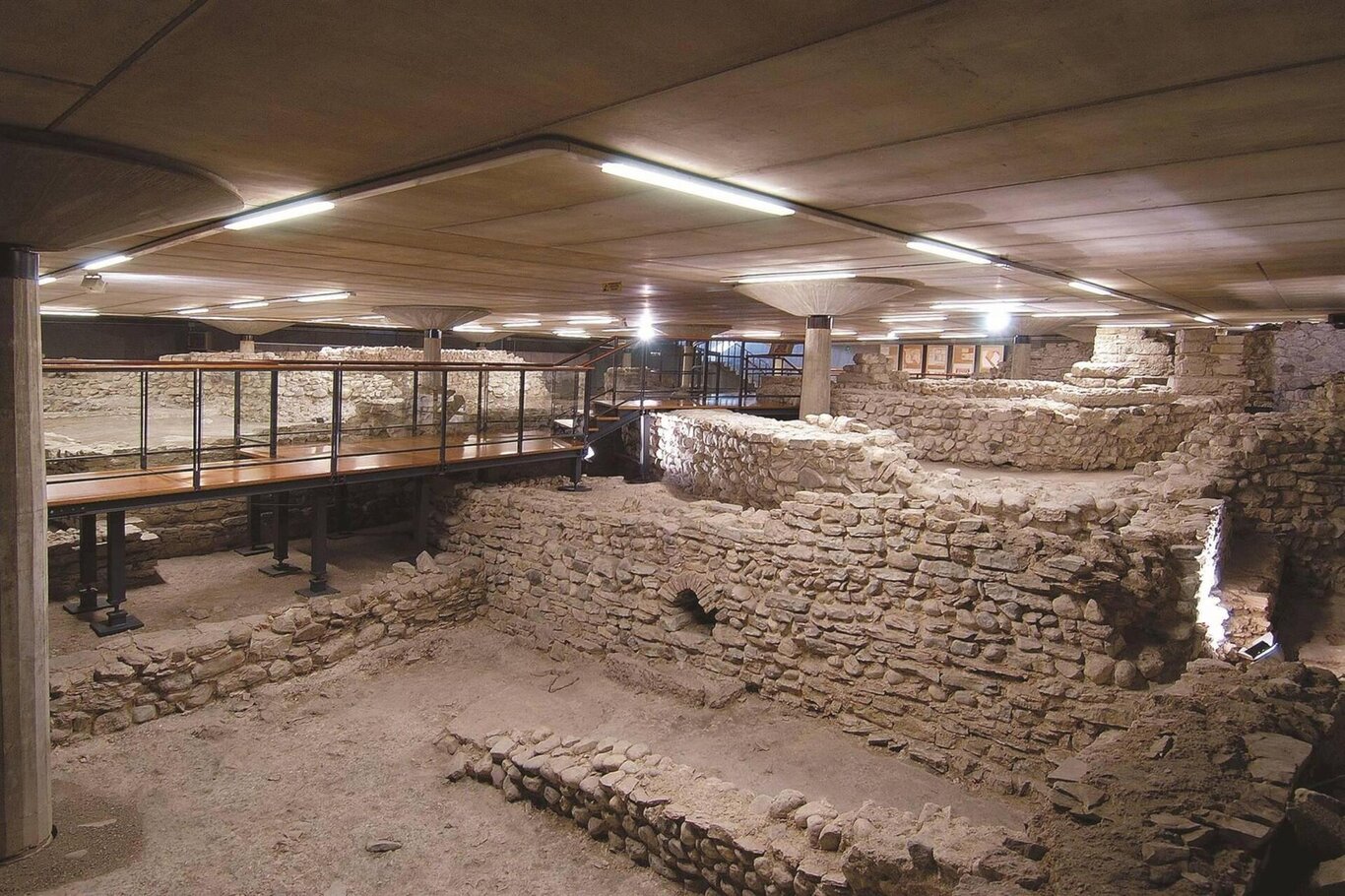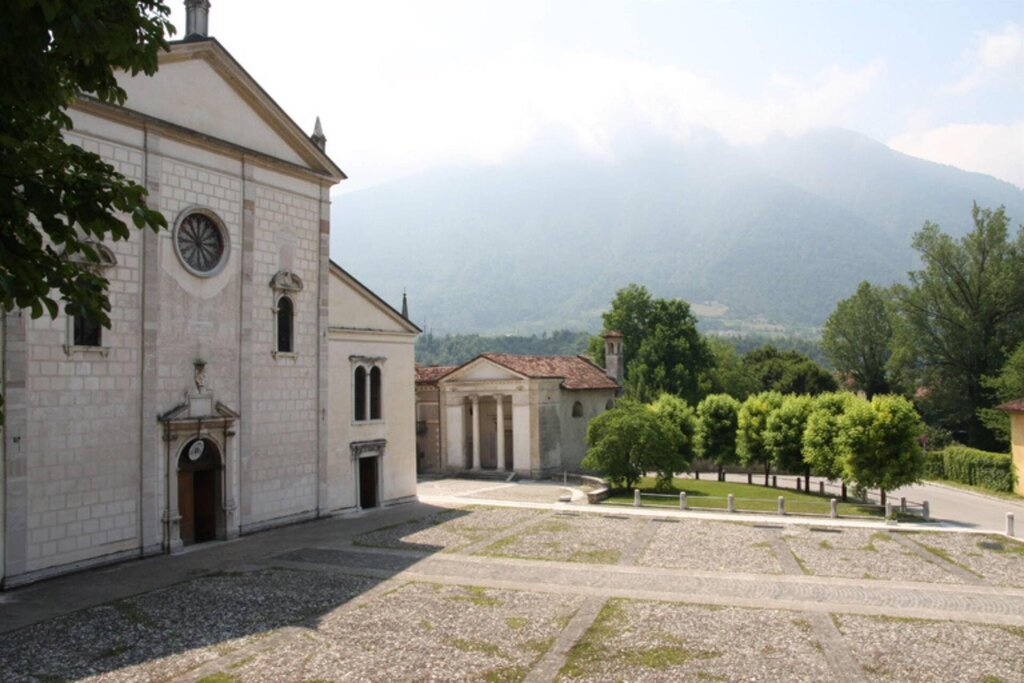On an area of about 1,000 square meters, located under the Piazza del Duomo, an archaeological site of exceptional interest opens to the visitor, preserving evidence of the earliest phases of the city, from the pre-Roman era to the early Middle Ages.
The majority of the visible structures date back to the Roman period and belong to an urban neighborhood that developed on the southern slopes of the hill, at the intersection of two paved roads.
In addition to the remains of private buildings with rooms used as shops (to the north), partially preserved is a building with a hypocaust heating system (to the east) and a large structure with marble and mosaic floors, identifiable as the headquarters (schola) of some important professional associations (to the west). Following the collapse of the Roman city, a large narrow and elongated building developed in the area, oriented diagonally to the previous layout; dated to the 8th-9th century AD, it is likely connected to the city’s earliest episcopal seat, as suggested by the type, size, and quality of the construction, as well as its proximity to the cathedral.
A later construction (late 11th - 12th century) is the building of a circular baptistery, of which only the foundations remain, featuring seven pillars on the inner ring and a horseshoe-shaped apse. In the subsequent period, the entire area was designated for funerary use.
Now it's close for restoration until 2024


